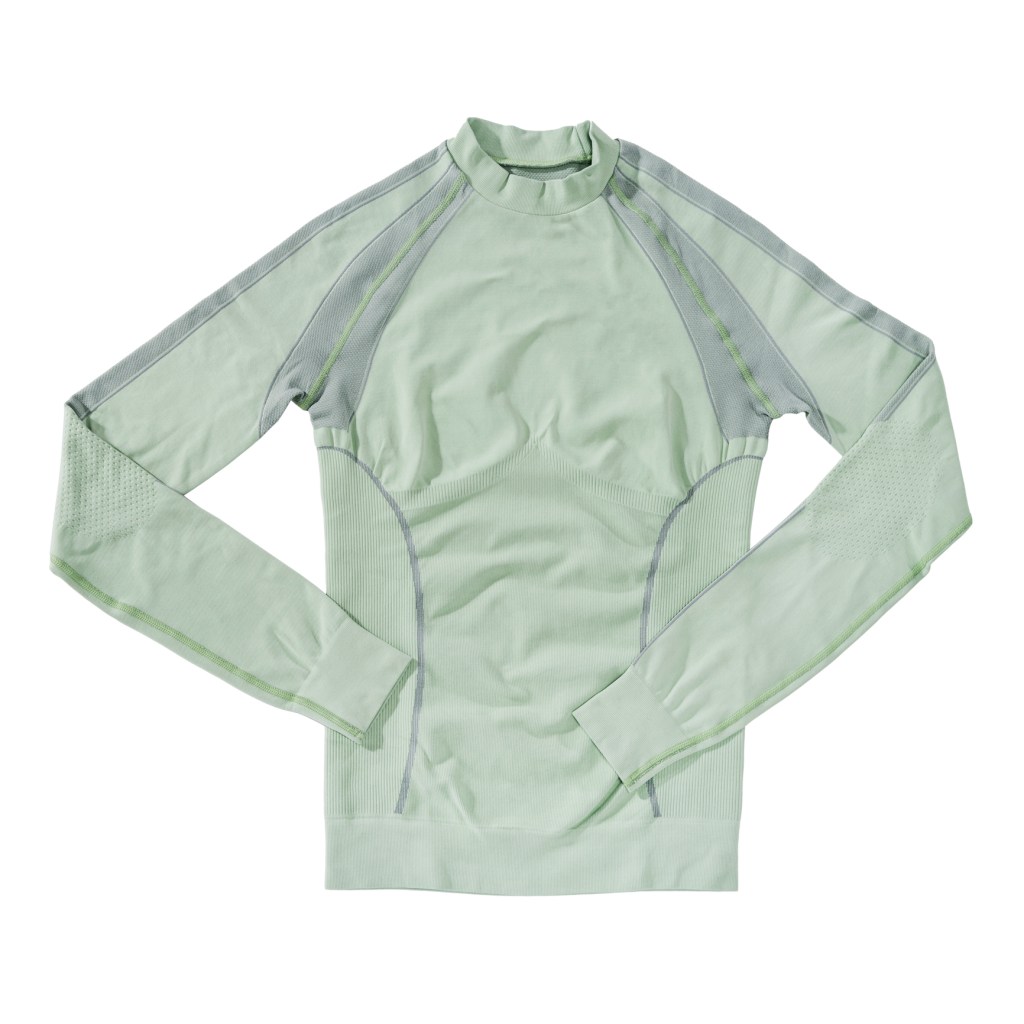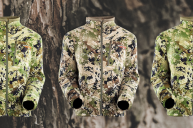Nothing will get you out of the wilderness quicker than below-freezing temperatures that make every second miserable. I know this feeling all too well, living in the northern part of the Midwest where the mercury frequently falls below zero and wind chills send it well into the negatives. Growing up, there was very little information out there about proper layering. My father's layering system for me when he brought me on hunts was three pairs of socks, two pairs of long johns, jeans, a hoodie, and a wool jacket overtop. Most of the time, I was exhausted on the way into the stand with all of that bulk. Combine that with my sweat from the haul in, then the cold starts to set in, and it feels like you have ice cubes under your clothes.
It took me years to realize that a proper, well-thought-out layering system is absolutely crucial to staying warm during those outdoor winter adventures. From your base layers to your mid-layer insulation pieces and finally your outwear, each layer is just as important and crucial as the other. Successful hunting during the late season often requires an extreme amount of patience and quite a few stand hours, which can be practically impossible without the right layers. Here are some of the ways I prepare for the late-season temps, broken down by each layer.
Base Layer

Your base layers are arguably the most important pieces of your entire system. These next-to-skin layers help wick moisture and keep your core temperatures regulated. I like to start with Merino wool tops and bottoms. Merino wool is extremely warm, wicks moisture, and is less itchy than cotton and polyester—and studies show that it even helps keep your scent down. On top of my Merino wool, I like to add fleece layers. These act as a great base layer insulation but won't get you overly warm on your way into the stand. Both Chêne and SITKA Gear offer incredible fleece options.
Midweight Insulation Layer

First Lite
The midweight layer should act as a furnace between your base layer and your outer layer, regulating your temperatures and serving as your main outer piece on your way in and out of the treestand or ground blind. It's crucial to have a midweight insulation piece that adapts to your body movement and keeps your core temperature steady while also limiting bulk. This piece should be your lifeline on the way in the woods as well as your way out, ensuring that you stay warm but preventing overheating that can lead to sweat, which will make your hunt miserable.
I prefer to wear something with active insulation, such as PrimaLoft, which is extremely breathable. But this piece needs to have a durable shell that can hold up to thorns and other dense brush that often accompanies walks into the stand. The Source Jacket from First Lite as well as the Traverse Hoody from Sitka are great midweight options that give you that perfect balance of insulation as well as durability and silence. These two jackets also feature a DWR (durable water-repellent) finish that will keep you dry on those rainy or snowy winters.
Outer Layer
Your outer layer is the shield that holds everything together and keeps all of the unwanted elements out. If you hunt in the northern parts of the country, as I do, you know that having a quality outer layer system can be the driving factor that keeps you in the stand for that extra hour—which can make the sit all worth it.
Two of the most important features of your outer layer pieces are to be extremely water-resistant and to block wind. Even if the temperatures haven't dropped below freezing, you'll be surprised how much colder it will feel when rain and wind are factored in, so don't take any risks. Over the years, I have found that a fleece face, as well as body-mapped insulated liners, work wonders on my late-season hunts to control temperature and be comfortable enough to last me all day in the stand if I choose to do so. Find a quality pair of bibs as well as a heavyweight jacket that features a DWR finish as well as wind-blocking technology.
Socks, Hats, and Gloves

Protecting your extremities doesn't get the attention that it deserves. However, it seems that these parts of the body get cold the fastest, as our body draws blood from them to keep our core temperature warm, creating that frozen and numb feeling that will inevitably lead to getting out of your stand early. Investing in some durable Merino wool socks is a good move for any late-season hunter. Protecting your feet from the harsh elements of the late-season whitetail woods is imperative to your success and shouldn't be taken lightly. The same goes for your gloves. Merino wool is great at retaining heat and won't be too bulky, allowing for comfortable shots with your rifle or bow.
A PrimaLoft beanie with some form of wind-blocking technology has really changed the way I hunt during the late season, and for the better. Your head is one of the most vulnerable parts of your body during late-season sits, so having a layer to protect you from frigid winds is a lifesaver.
It's no secret that late-season hunting can be extremely rewarding. Just like us, the deer are cold and are forced to get on their feet to stay warm, while also being extremely patternable because of their need to consume more calories during these months. However, if you aren't well equipped to handle these brutal conditions, you could miss out on some incredible opportunities. Make sure that you invest in the right gear and develop a proper layering system that will keep you comfortable during those late-season sits. Don't let the mercury levels keep you out of the woods; the right gear will have you ready for some of the best hunting that deer season has to offer.





